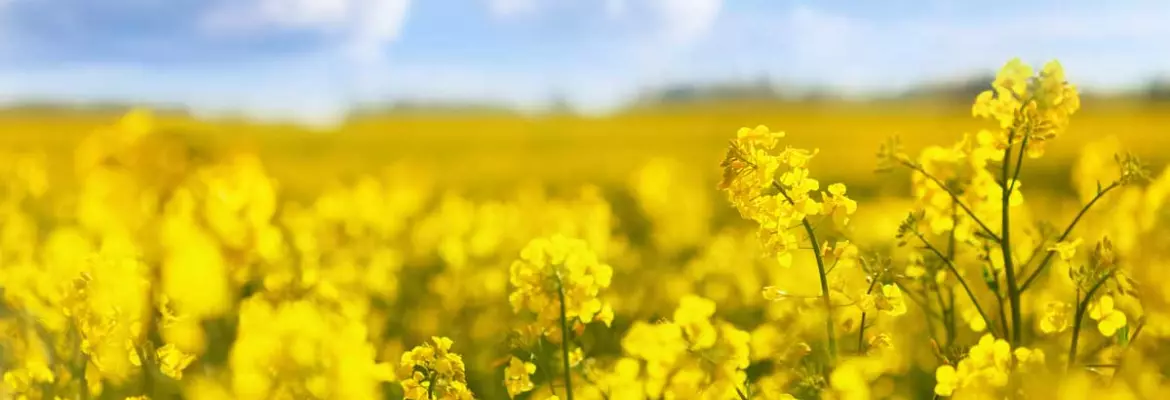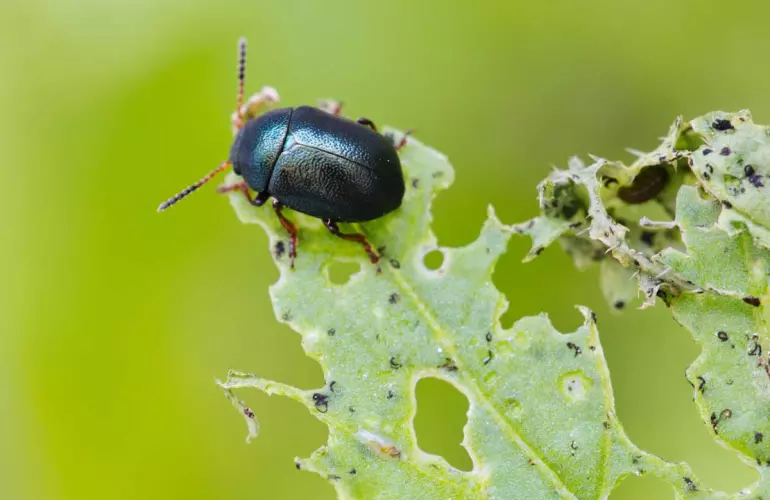
Rape is often included in rotations with grain crops. It breaks the grain-crop cycle which could otherwise favour diseases such as eyespot, fusarium, and the take-all disease. Rape also produces compounds that are toxic to many pests. It must be planted correctly, though, to prevent pests, especially when it is used in a rotation with cover crops.
Regrowth as a cover crop before the next crop
For short intercropping, such as with rapeseed – wheat, the cover crop can be grain-crop regrowth. After harvest, the seeds that drop germinate and quickly cover the soil. This contributes to controlling the risk of mycotoxin in the following wheat crop. It also improves the organic condition of the soil and helps reduce nitrogen leaching. In fact, it acts as a nitrate-fixing intermediate crop.
Be careful, regrowth is not recommended as a cover crop if planting beet after rape. This is due to rape being a resistant host to nematodes which present a risk for beet. Particular care should be taken to destroy regrowth immediately after harvest, and before sowing a long intercrop.
Destroying regrowth before seeding the next crop
Regulations in certain areas make it necessary to wait a few weeks before destroying regrowth. In other cases, however, it can be destroyed after sowing wheat, at the 2-leaf stage, when the wheat is weeded. We recommend keeping an eye on neighbouring fields when managing destruction. The aim is to prevent flea beetles and aphids from migrating to other vulnerable rapeseed crops between seedling emergence and the 2- to 4-leaf stage.
It is advisable to destroy regrowth before or after these stages. In certain areas sensitive to orobranchia, it is advisable to destroy it after at least one month of growth, to reduce the seed stock in the soil. Straw should not be removed from the field.

Avoid using crucifers as cover crops in the cropping system
Crop rotation means alternating botanical families to avoid creating favourable environments for pests and weeds. In our case, it's a good idea to sow cover crops that do not include crucifers. Leaving regrowth in the field may even be risky in more difficult conditions. Mustard is not recommended, as it can favour clubroot, especially in wet loamy soils. Some trials show that other species, such as forage radish, can be planted.
A cover crop with rapeseed in the rotation
When rapeseed is planted with another crop, a cover crop is ideal. An example could be under cropping clover. Once the main crop has been harvested, the clover will grow. It can be destroyed with a low dose of weedkiller before sowing the next crop, such as wheat for example.
